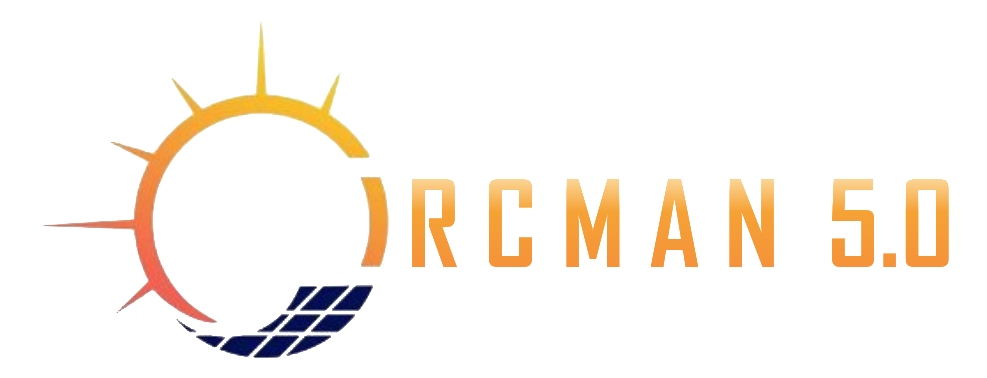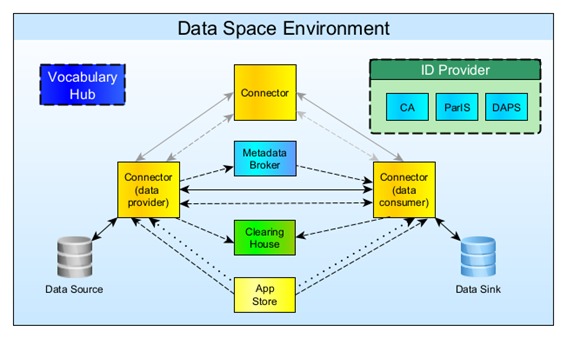The CIRCMAN5.0 project recently completed a two-part workshop series exploring the role Data Spaces could play in the circular development of photovoltaic (PV) panels. Held on May 29th and June 17th, 2025, the sessions focused first on introducing the concept and benefits of Data Spaces and then on examining the technical infrastructure. The events were organized by the Innovalia Association.
In the first session the emphasis was on showcasing the areas where the technology can benefit the project. Participants were presented how Data Spaces offer a way to share data without giving up control, thanks to distributed storage, peer-to-peer exchange, and rule-based access and usage permissions.
One section outlined a possible path to adoption for CIRCMAN5.0 pilot participants. This involved preparing structured data models and onboarding into a Closed User Group through the Green Deal Data Space (GDDS). Initial interactions should be limited to scenarios involving solely project partners, with only later phases extending to external stakeholders such as suppliers and recyclers.
The second session shifted the focus to a more detailed look at the components that make Data Spaces operational. Attendees reviewed the technical components comprised by the International Data Spaces Association Reference Architecture Model (IDSA RAM Systems Layer). These elements are the Connectors, the Identity Provider, the Metadata Broker, and Clearing House, Vocabulary Hub and App Store.
Given that the Data Space technology does not exist in a vacuum, a number of contributing organizations and initiatives were presented. Examples of these are IDSA, Gaia-X, the Eclipse Foundation, the Data Space Support Centre (DSSC), and projects like Manufacturing-X, Data Space 4.0, SM4RTENANCE and UNDERPIN.
The CIRCMAN5.0 pilots are expected to begin internal exchanges using mock data, gradually integrating external partners where feasible. Other Data-Space-centric projects such as SM4RTENANCE are likely to serve as guides in this effort.

